I am a professional event photographer and I own thousands of dollars worth of professional digital camera equipment. I have photographed many events with my “high-end” photography equipment. When I’m not photographing events as a hired professional, I often use much smaller and less expensive cameras (both digital and film) to capture photos. I have been impressed with the quality of the images I been able to get with my smaller, less expensive cameras. The images don’t have quite the resolution or color depth of the files I get from my high-end, professional equipment, but in many cases I’ve found they’re pretty darn good…and often good enough for their usual uses–e.g., to display on web pages, make smallish prints (up to 8×10), or to make photo books.
As long as the subject matter isn’t fast-moving (e.g., sports) or ensconced within a large, dark interior space (e.g., big, dark reception halls at night), using a non-DSLR camera with a small sensor can perform reasonably well.
So, it’s always been a fantasy of mine to photograph a wedding with a compact, “point-and-shoot” digital camera and see what I could get.

You might ask, “Why would a professional photographer want to show that a wedding could be acceptably photographed with an inexpensive camera when part of what his/her clients are paying for is that expensive, high-end equipment that mere ‘mortals’ can’t afford?”. The high-end equipment provides something extra for your money, no doubt. I most certainly get shots with that pro equipment that I can’t get with a compact camera; I am not disputing this.
However, I think that a truly experienced and professionally skilled wedding photographer *should* be able to get good shots even with decent but much less expensive non-professional digital camera equipment–i.e., it should be more about the photographer’s eye and skills than about the equipment they’re using.
I suppose the purpose of this article is two-fold: 1) as a response to the hegemony of the camera companies–and the people who eat up their message–that you need (and need to keep buying) the latest and greatest camera equipment to produce good photos at events like weddings, and 2) to reiterate the message: “It’s the photographer that makes the great images, not the equipment”.
A good photographer who really knows his/her equipment knows how to get the camera to make great images. A photographer can have a great/expensive camera + lenses + accessories and still make lousy images. Successful photography is all about the photographer and how well s/he knows how to use her/his camera equipment. The message here is not original with me; but I find it helpful to prove things for myself.

So, on with my “story”…
I had been looking for a wedding I could photograph in which: a) the wedding couple wasn’t going to have a wedding photographer, so they’d be grateful for any wedding photos I could give them (assuming I didn’t charge them or charged them very little), or b) be a free “extra” photographer in combination with the paid lead photographer. In either case, if my point-and-shoot photos didn’t come out well, no huge loss would be incurred.
Well, I found a wedding with a paid lead photographer. There was also a second person (who owned the venue) taking photos with professional quality DSLR equipment. Then there was me with my compact camera with a built-in zoom lens…much like any wedding guest might have. In fact–with the permission of the wedding couple–I posed as just another wedding guest with a camera. So, really, this “experiment” had two facets: 1) taking photos with a compact digital camera like any guest might have, and 2) taking photos while not being in the obvious role of a paid professional photographer.
As it turned out, a number of factors were operating against me:
1) Even though wedding guests–especially ones with expensive DSLRs–will sometimes get out of their seats at ceremonies to take photos, I vowed to stay in my seat with the point-and-shoot guests because that’s more typical behavior for a guest with a camera and I was trying to be convincing in my “wedding guest” role. Also, with two other photographers roving around taking photos during the ceremony, I’m sure they didn’t need me getting in the way (this, of course, is my ideal notion of the thought process of wedding guests at weddings that *I’m* paid to photograph!…but I digress..). So, I took all my ceremony photos from an aisle seat.
2) Taking photos of people other than: the bride and groom, their parents, or the wedding party (who are always “fair game”) was somewhat awkward because, “Who the hell is this other guest–who I don’t know–taking a photo of me when I’m not in the wedding?!”. I tried to sneak in photos of other guests, but it was a little tricky.
3) During the introductions and first dance, I stayed at my table with the other guests. Again, I was trying not to stand out too much as “Mr Photographer Guy”. So, instead of getting typical first dance photos, you get the perspective of a guest seated a couple tables away from the dance floor. I actually found this “guest” perspective of the dance interesting and fun.
4) In trying to stay out of the way of the first and second photographers, I had to “hang back” a lot and also get alternate perspectives on things. So, during the toasts, I took in a wider perspective…sometimes with the other photographers in the shot. During the cake cutting, I was initially behind the wedding couple–because the other two photographers were in the front–taking shots of the crowd surrounding them (a perspective I don’t normally get as a lead photographer, though it’s a nice perspective to have!).
5) And finally, the small sensor on my camera was fine when we were outdoors, and even indoors before it started getting dark. But once it got darker, I was struggling with existing light shots (which I tend to prefer). At some point in the evening, I started using a hot shoe flash on my compact camera, aiming the flash toward the ceiling. When I was close enough to the subject, it worked reasonably well. It’s a pretty small flash, though, and I struggled to get anything farther than 10-15 feet away (something I can do with my big, expensive DSLR equipment). I still took *some* existing light shots so I could capture some of the ambient lighting; if you don’t mind a little digital noise, they’re not bad.
So, what do I conclude from this little “experiment”?
I was able to get many–though not all–of the images I wanted to get. I was talking to the lead photographer at the wedding (briefly, so as not to compromise my wedding guest “confederate” status) and mentioned that I felt I was getting something like 80% or so of the images I could get with my much more expensive professional camera equipment. Is that missing 15-20% crucial? Maybe, maybe not.
This was not a true “pure” test of the compact camera versus the professional DSLR. I was limited in various ways due to the presence of the other two photographers and my ruse of trying to appear as just another wedding guest (I even had a “story” of how I knew the wedding couple in case any of the other guests asked…:-). On the other side, it certainly helped to have a wedding during the day, outside under a tent where the light is pretty good. I would have struggled much more with a compact camera in a dark church.
I guess the main message for me is that it *is* possible to get nice wedding images with a compact camera–even in the role of a “guest”. The important thing is for the photographer to really know what s/he is doing–having lots of experience shooting weddings and/or other events helps a lot!–and for the photographer to really know the strengths and weaknesses of the camera they’re using.
Also, I would be remiss if I didn’t mention one other thing: knowing how to process images (in something like Adobe Lightroom or Photoshop) can make a *huge* difference in the final appearance of your images regardless of your camera equipment. What makes a wedding image look like a “wedding image”? A significant part of this “look” is the post-event image processing.
Below, you can see a bunch of the wedding images I took with my point-and-shoot at the wedding and decide for yourself how “successful” the experiment was..!
-
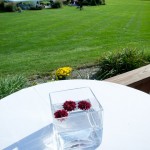
-
Point-and-Shoot Wedding
-
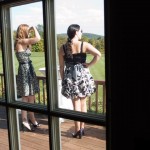
-
Point-and-Shoot Wedding
-
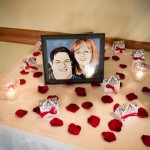
-
Point-and-Shoot Wedding
-
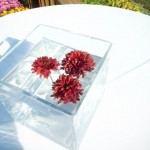
-
Point-and-Shoot Wedding
-
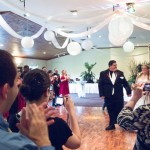
-
Point-and-Shoot Wedding
-
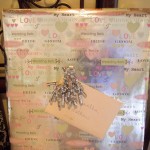
-
Point-and-Shoot Wedding
-
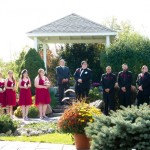
-
Point-and-Shoot Wedding
-
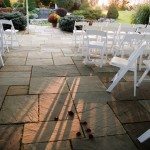
-
Point-and-Shoot Wedding
-
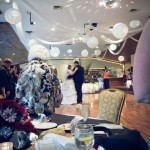
-
Point-and-Shoot Wedding
-
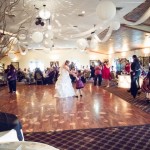
-
Point-and-Shoot Wedding
-
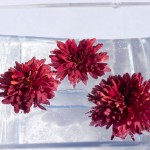
-
Point-and-Shoot Wedding
-
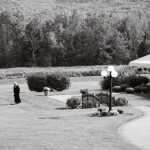
-
Point-and-Shoot Wedding
-
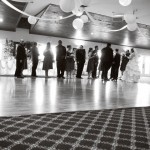
-
Point-and-Shoot Wedding
-
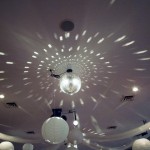
-
Point-and-Shoot Wedding
-
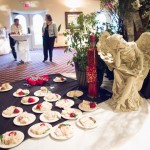
-
Point-and-Shoot Wedding
-
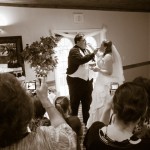
-
Point-and-Shoot Wedding
-
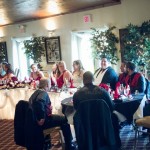
-
Point-and-Shoot Wedding
-
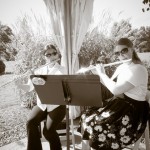
-
Point-and-Shoot Wedding
-
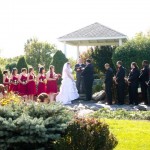
-
Point-and-Shoot Wedding
-
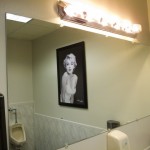
-
Point-and-Shoot Wedding
-
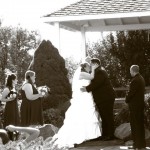
-
Point-and-Shoot Wedding
-
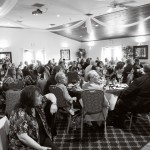
-
Point-and-Shoot Wedding
-
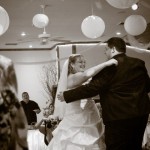
-
Point-and-Shoot Wedding
-
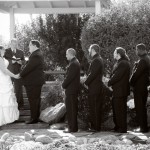
-
Point-and-Shoot Wedding
-
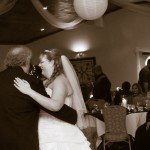
-
Point-and-Shoot Wedding
-
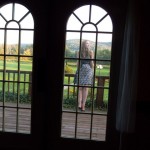
-
Point-and-Shoot Wedding
-
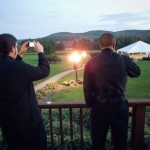
-
Point-and-Shoot Wedding
-
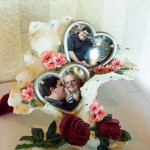
-
Point-and-Shoot Wedding
-
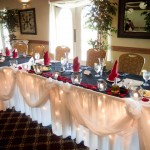
-
Point-and-Shoot Wedding
-
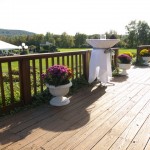
-
Point-and-Shoot Wedding
-
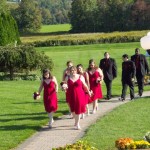
-
Point-and-Shoot Wedding
-
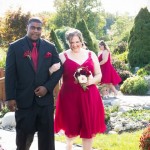
-
Point-and-Shoot Wedding
-
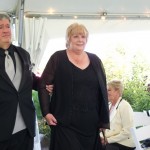
-
Point-and-Shoot Wedding
-
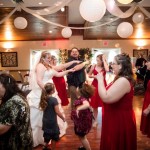
-
Point-and-Shoot Wedding
-
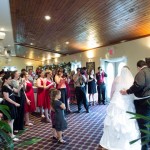
-
Point-and-Shoot Wedding
-
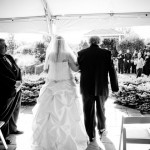
-
Point-and-Shoot Wedding
-
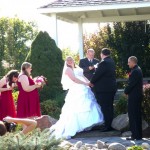
-
Point-and-Shoot Wedding
-
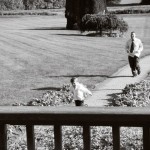
-
Point-and-Shoot Wedding
-
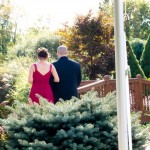
-
Point-and-Shoot Wedding
-
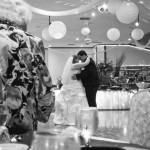
-
Point-and-Shoot Wedding
-
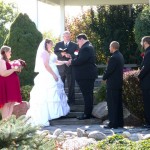
-
Point-and-Shoot Wedding
-
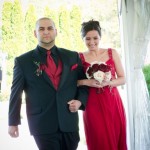
-
Point-and-Shoot Wedding
-
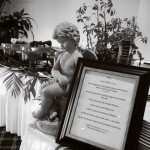
-
Point-and-Shoot Wedding
-
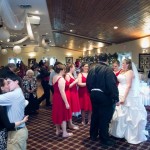
-
Point-and-Shoot Wedding
-
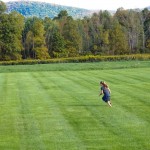
-
Point-and-Shoot Wedding
-
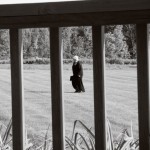
-
Point-and-Shoot Wedding
-
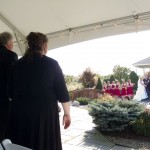
-
Point-and-Shoot Wedding
-
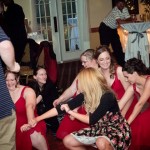
-
Point-and-Shoot Wedding
-
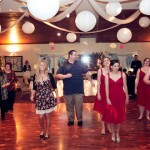
-
Point-and-Shoot Wedding
-
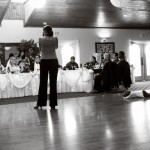
-
Point-and-Shoot Wedding
-
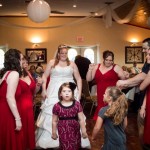
-
Point-and-Shoot Wedding
-
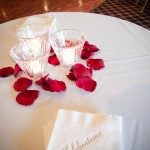
-
Point-and-Shoot Wedding
-
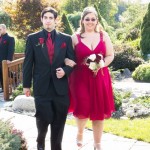
-
Point-and-Shoot Wedding
-
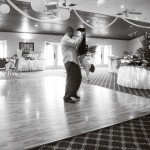
-
Point-and-Shoot Wedding
-
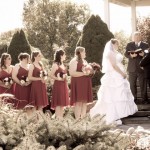
-
Point-and-Shoot Wedding
-
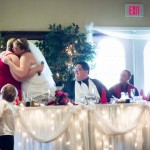
-
Point-and-Shoot Wedding
-

-
Point-and-Shoot Wedding
-
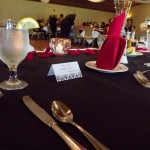
-
Point-and-Shoot Wedding
-
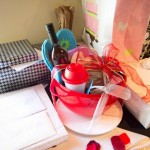
-
Point-and-Shoot Wedding
-
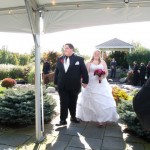
-
Point-and-Shoot Wedding
-

-
Point-and-Shoot Wedding
-
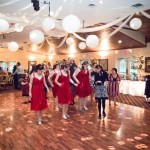
-
Point-and-Shoot Wedding
-
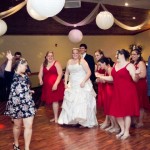
-
Point-and-Shoot Wedding
-
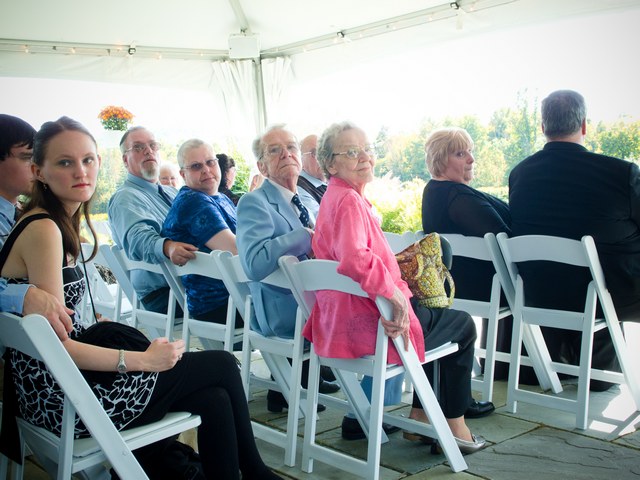
-
Point-and-Shoot Wedding
-

-
Point-and-Shoot Wedding
-
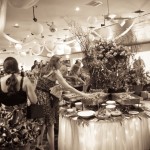
-
Point-and-Shoot Wedding
-
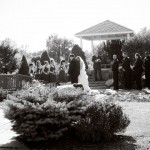
-
Point-and-Shoot Wedding
-
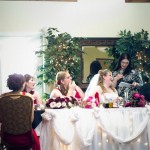
-
Point-and-Shoot Wedding
-
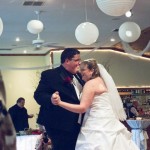
-
Point-and-Shoot Wedding
-
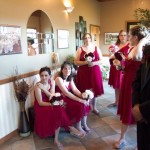
-
Point-and-Shoot Wedding
-
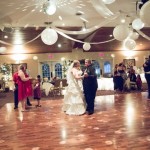
-
Point-and-Shoot Wedding
-
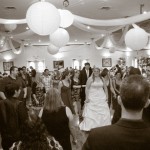
-
Point-and-Shoot Wedding
-
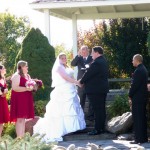
-
Point-and-Shoot Wedding

Visit Michael's Art Photography Portfolio at SaatchiArt.com!
|





















































































